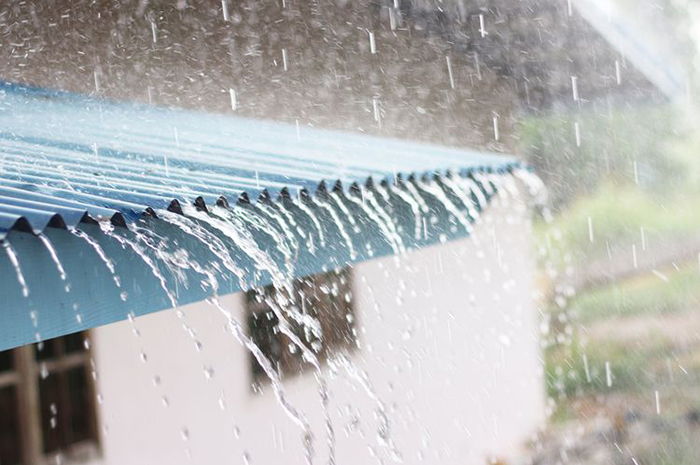Overcoming Leakage Problems on Tiled Roofs

Roof leaks are one of the problems that often occur and the problem will be even more troublesome when it occurs when the occupants of the house are fast asleep and the next day the water has filled part of the house or wetted their favorite furniture. This can happen because at the beginning of building a house, people do not pay much attention to the roof and its covering material because what is important to them is that the roof does not leak, but for how long? If in the next 5 to 10 years you have to always repair the roof, it will certainly be very troublesome, in terms of time, energy and cost.
Some things that must be considered to overcome the problem of leaks or seepage are:
1. Roof slope angle
The wrong roof slope angle will be prone to leaks due to splashes from rainwater, especially accompanied by strong winds. In addition, the position of the roof tiles is also prone to sagging and causing leaks. The ideal roof slope angle is between 30 to 40 degrees.
2. Condition of the frame and battens
The condition of the frame and battens that are sagging, inconsistent and not parallel and the distance between the battens is not right will make the roof tiles difficult to install and create cavities that invite water to enter so that they leak.
3. Choose a good quality roof covering product
Usually leaks can occur because the roof tile product is cracked or porous and rusty. The geometric shape of the roof tiles that are inconsistent, imprecise will make it difficult to install so that it is not neat and not tight resulting in water splashing when it rains.
Good roof tiles must meet the following criteria:
Functional Aspect: Does not leak and is strong and provides a sense of security and comfort.
Aesthetic Aspect: The shape of the roof tiles is precise (does not deform/warp) so that it looks neat when installed and must also be resistant to all weather, does not fade and does not fade.
Aspect of Durability (Life time): Durable and long-lasting for decades both functionally and aesthetically.
4. Pay attention to the roof plane connection area such as the ridge/carpus area and the jurai.
- The ridge area (nok) is the highest side of the roof. Due to the varying quality of installation, sometimes the ridge position is made too high, resulting in the cement mortar filler also being high or thick. This causes the risk of cracks in the cement mortar, resulting in leaks in the roof of the house due to water seepage in the ridge mortar when it rains. Patching it with a leak-proof coating or cement is only temporary and will become a repetitive routine.
- The ridge area is the meeting point of two roof planes at the corner of the inner building (inner ridge) or at the corner of the outer building (outer ridge), generally people cover it using zinc and carpet. However, over a certain period of time, the zinc can rust and the carpet can rot, causing leaks.
In terms of aesthetics, the roof looks less beautiful because the color is not uniform with the color of the roof tiles. In addition, because the ridge area is the meeting point of two roof planes, there are small pieces that are not connected to the battens so that the tiles can sag and can result in leaks.
* Carry out regular checks
Regular checks every few months can prevent bigger leak problems. Check any material made of wood, because there is a possibility of rotting or being eroded by termites. Clean the gutter from dirt or leaf debris that can cause blockages and result in leaks. In principle, buying roof tiles is a One-Time Decision for a very long period of time. The wrong decision will result in much greater costs to fix it.
